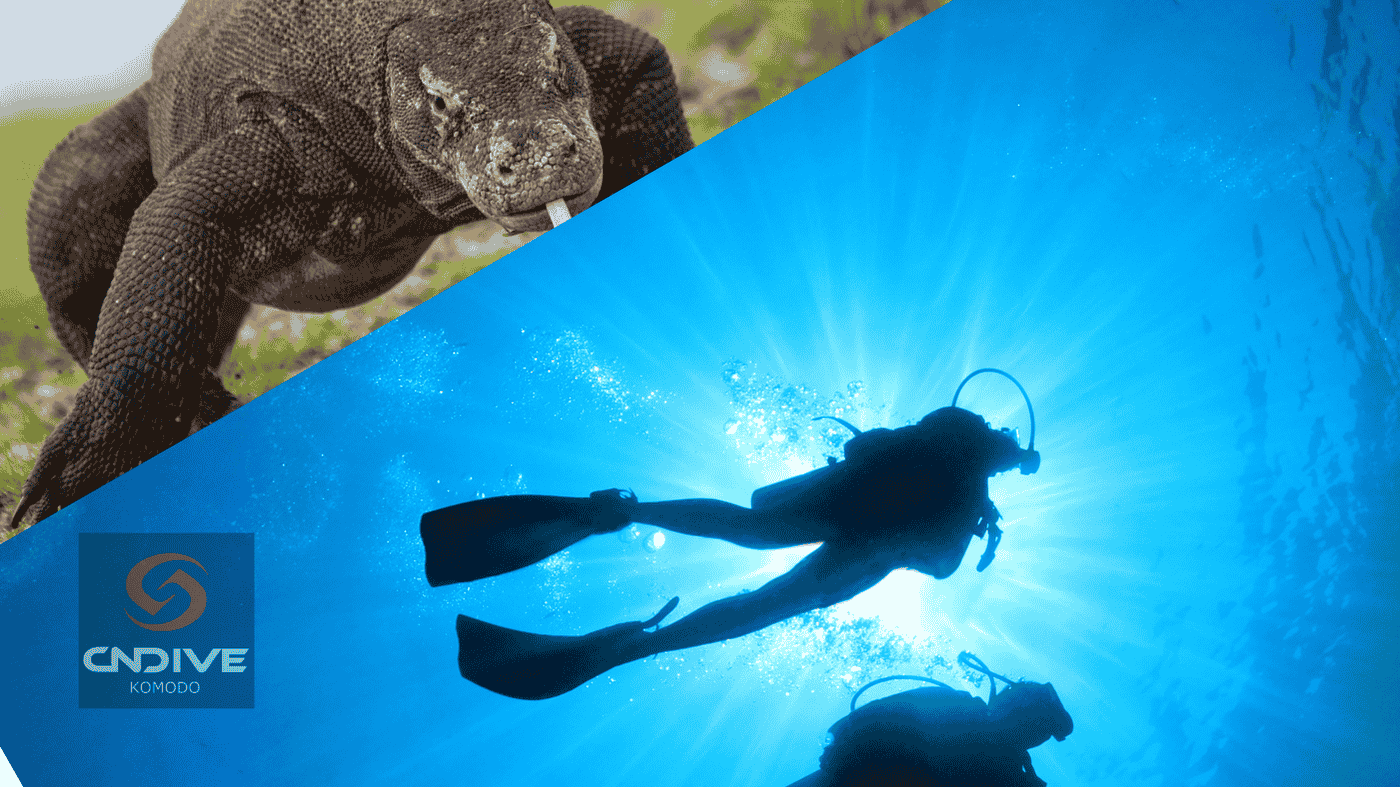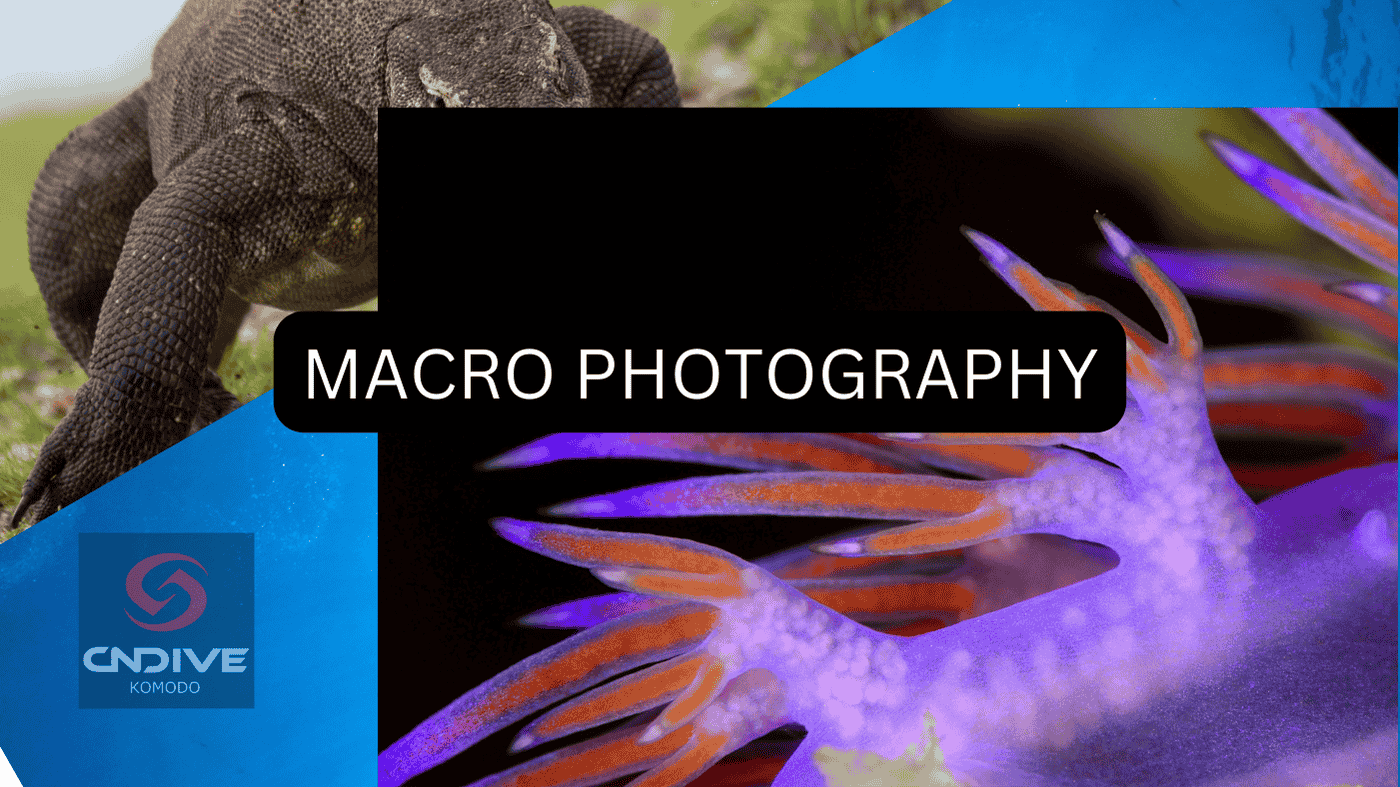Best Time to Dive at Komodo – Its a National Park located in the heart of Indonesia, is one of the most sought-after diving destinations in the world. Known for its vibrant marine life, crystal-clear waters, and dramatic underwater landscapes, it attracts divers from all over the globe. But when is the best time to dive at Komodo?

Whether you’re a seasoned diver or a beginner, choosing the right time to visit can make a world of difference. From the ideal water temperature to the best visibility, and even the likelihood of spotting unique marine species, timing your dive trip will ensure that you have the most enriching experience. In this article, we will explore the best time to dive at Komodo, breaking it down by season, diving conditions, and what to expect at different times of the year.
Understanding Komodo Diving Conditions
Before we dive into the specifics of timing, it’s essential to understand the conditions that make Komodo such a world-class diving destination. The Komodo National Park is part of Indonesia’s Coral Triangle, home to some of the most biodiverse marine ecosystems in the world. Whether you are swimming alongside giant manta rays, exploring vibrant coral reefs, or photographing fascinating macro creatures, the underwater world of Komodo offers something for every diver.
More info about komodo natural occurences?
Komodo’s waters are known for their varied diving conditions. The region experiences strong currents, varying water temperatures, and differing levels of visibility depending on the season. These conditions can create unique diving challenges and opportunities, and understanding them will help you choose the best time to dive.
Best Time to Dive at Komodo – Seasonal Breakdown
1. Peak Season (April to October)
The months from April to October are considered the peak season for diving in Komodo. During this time, the weather is generally sunny and dry, offering the most favorable conditions for divers. Let’s break down why this is the best time to visit for some divers:
Weather and Water Temperature
- The average water temperature during this period ranges from 26°C (79°F) to 29°C (84°F), making it ideal for those who prefer warm water.
- The air temperature tends to be between 25°C (77°F) and 32°C (90°F), providing comfortable conditions for both diving and surface activities.
Visibility and Dive Sites
- Visibility is at its peak during the dry season, often reaching up to 30 meters (100 feet). This makes the experience even more breathtaking as divers can enjoy the full beauty of Komodo’s underwater landscapes.
- The strong currents that are common during this time help bring in nutrient-rich waters, which support the rich marine life. This is the ideal time for experienced divers who can navigate these currents to explore world-famous dive sites like Castle Rock, The Cauldron, and Batu Bolong.
Marine Life and Species
- While the dry season offers the best visibility and calmer seas, it is also the time when many divers flock to Komodo to see the region’s famous manta rays. Batu Bolong is renowned for its manta cleaning station, and divers can expect to encounter these majestic creatures.
- Other common sightings during this period include large pelagic fish like barracuda, tuna, and sharks, as well as the vibrant coral reefs that make Komodo a diver’s paradise.
2. Off-Peak Season (November to March)
The months from November to March are considered the off-peak season in Komodo. While some divers avoid this time due to the higher likelihood of rain, this season has its own set of advantages for certain types of divers.
Weather and Water Temperature
- Water temperatures during the off-peak season are still relatively warm, typically ranging from 25°C (77°F) to 27°C (81°F).
- However, the wet season brings higher humidity and occasional rain showers, which can make the weather a bit less predictable. This might not be ideal for those who prefer consistent, dry conditions for their diving trips.
Diving Conditions and Marine Life
- Visibility may be lower in the off-peak months compared to the peak season, especially after rainstorms when the waters become murkier. However, currents tend to be milder during this time, making it a good period for novice divers or those less experienced with strong currents.
- Despite the lower visibility, the off-peak months offer a more intimate diving experience. Fewer tourists visit during this season, so you can enjoy less crowded dive sites and a more tranquil atmosphere.
Unique Marine Encounters
- If you’re a photographer or marine life enthusiast, the wet season offers an excellent chance to see unique species. It’s during these months that the region’s macro creatures, like pygmy seahorses and various types of nudibranchs, come out to play.
- Additionally, divers can still spot mantas around Komodo, though sightings occur less frequently compared to the peak season.
Diving Conditions Year-Round
Komodo’s diving conditions are influenced by various factors such as water temperatures, visibility, and currents. While each season has its own unique characteristics, understanding these conditions will help you plan your trip accordingly.
Water Temperatures
- Water temperatures in Komodo remain relatively stable throughout the year, with a slight dip in the wet season. While the difference isn’t drastic, it’s worth considering when deciding what to wear and how long you’ll stay in the water.
Visibility
- Visibility is the most affected factor depending on the season. In the peak months of April to October, divers can enjoy crystal-clear waters with visibility reaching up to 30 meters. In the rainy season, however, visibility may decrease to around 10–15 meters, especially after heavy rains.
Currents
- Komodo is famous for its strong currents, which can range from mild to intense. During the dry season, strong currents often bring in nutrient-rich waters, attracting larger marine life. However, divers must prepare for these currents, especially at sites like The Cauldron or Castle Rock, where strong currents can challenge them.
- In the wet season, currents tend to be milder, which is a plus for less experienced divers, but it may also reduce the chances of spotting larger marine animals.
Best Time for Specific Dive Interests
Each diver has unique interests, and Komodo offers specialized experiences throughout the year.
1. Manta Ray Sightings
Manta rays are one of the most iconic creatures to see in Komodo. The best time to encounter them is from April to October when the currents are strong and the nutrient-rich waters attract large schools of manta rays to cleaning stations. The famous Batu Bolong dive site is renowned for manta sightings.
2. Macro Photography
For underwater photographers, particularly those interested in macro photography, the wet season from November to March is ideal. During this time, the waters are teeming with fascinating creatures like pygmy seahorses, frogfish, and rare nudibranchs.

3. Wreck Diving and Other Specialized Dives
Komodo is also home to several wreck dive sites, which can be explored year-round. However, the best time to dive these sites is during the off-peak season when there are fewer divers and less crowded waters. Keep in mind that wreck diving may require special equipment and certifications, so be sure to plan ahead.
Practical Considerations for Planning Your Dive Trip
When planning your dive trip to Komodo, there are a few practical considerations to keep in mind.
Booking Your Trip
- Dive trips in Komodo should be booked in advance, especially during the peak season. Many liveaboard operators offer multi-day dive trips, which allow divers to explore a wider range of dive sites.
- Flights to Komodo are available through Bali or Labuan Bajo, the nearest city to the island. It’s advisable to book your flight and accommodation ahead of time, particularly if you’re traveling during peak season.
Local Dive Operators and Certifications
- Komodo has several reputable dive operators that offer a range of services from day trips to liveaboard excursions. Be sure to choose a certified operator that adheres to safety protocols.
- While many dive sites in Komodo are suitable for divers with an open water certification, certain sites with strong currents require an advanced certification. Always check dive conditions with your operator.
Are you Looking for a local-owned dive operator?
Health and Safety
- Be mindful of diving safety, including staying hydrated, avoiding strong currents, and following dive tables to prevent decompression sickness. It’s also advisable to check your diving insurance before embarking on a dive trip.
Conclusion
The best time to dive at Komodo depends on your diving experience and the type of underwater experience you seek. If you want clear visibility and encounters with large pelagic species like manta rays, the peak season from April to October is ideal. For divers seeking quieter sites and macro marine life, the off-peak season from November to March offers a unique and peaceful experience.
Komodo caters to both thrill-seekers diving in powerful currents and those enjoying calm waters with a camera. With careful consideration of the season and conditions, your diving adventure in this remarkable location will meet your expectations.